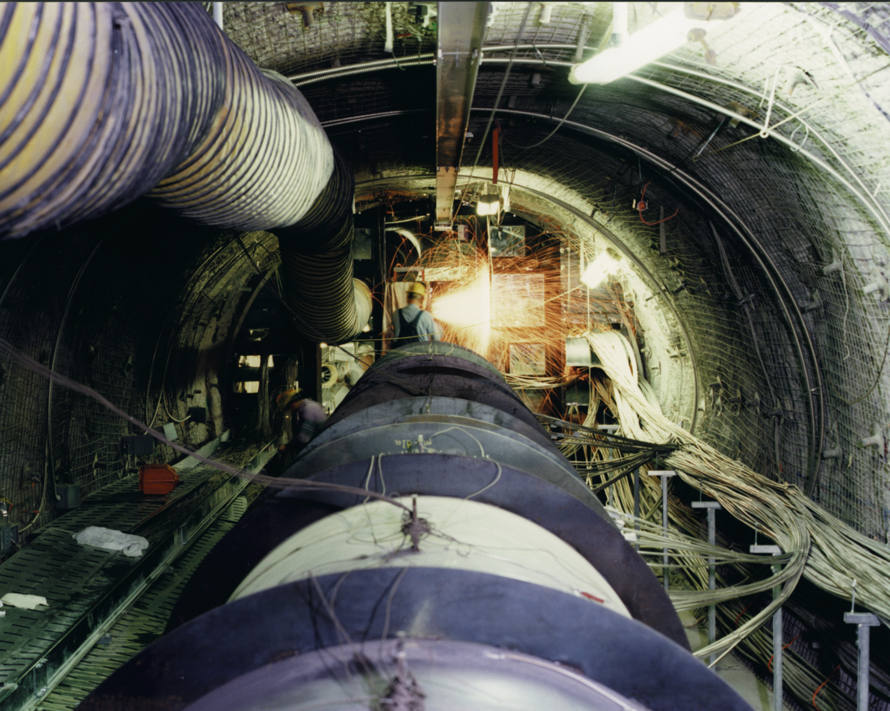We are developing the basic-science principles needed to implement alternative energy systems across the U.S. and create a low-carbon emissions future.
Scientists at EESA develop innovative methods to leverage Earth’s geothermal energy to power the grid, and lead research on the use and storage of geologic hydrogen at scale. We guide research and development on the critical minerals and materials that are essential for developing resilient-energy technologies to better understand how to extract and use them sustainably. EESA experts develop monitoring technologies, materials, and techniques needed to ensure that the waste generated in the production of nuclear energy stays securely stored underground.

Minerals such as copper, lithium, and nickel are crucial to developing EVs, power grids, wind turbines, and other key technologies. Supplies of these critical resources must increase dramatically to help address environmental challenges and achieve energy security. Scientists at EESA apply cutting-edge tools, such as cryo electron tomography (cryoET) and natural language processing (NLP), to reveal processes driving the evolution of mineral systems. With the race on to develop technology to efficiently extract lithium from the brine produced by geothermal plants near the Salton Sea, our scientists are applying expertise in geothermal systems and geochemical modeling to help identify optimal lithium-extraction technologies.

Geothermal energy comes from heat that can be extracted from natural or human-made reservoirs beneath Earth’s surface and converted to electricity. Currently a very small portion of power comes from geothermal resources, but domestic geothermal electricity generation could increase 26 times by 2050. Scientists at EESA have obtained seismic data using fiber-optic sensing and applied it to building high-resolution models that paint a clear picture of the tectonic features linked to a geothermal system. They also combine modeling expertise with the development of advanced instrumentation to explore human-made enhanced geothermal systems, which could be engineered in most parts of the country to increase energy production.

Energy storage technologies are critical to accelerating domestic energy resilience. Lithium is the most critical element for lightweight, powerful, and inexpensive batteries, with demand for it expected to increase 40 times by 2040. Scientists at EESA lead research on extracting the element from unconventional domestic resources which are abundant enough to satisfy lithium demand for a century. Our researchers also investigate how hydrogen interacts with rock beneath Earth’s surface, and develop tools to monitor hydrogen underground. By applying modeling expertise, we examine techniques to store compressed air energy below ground, and study aquifer thermal energy storage wherein water is pumped from underground reservoirs, heated at the surface, and then pumped back down for storage.

When nuclear power plants shut down or the fuel rods in nuclear reactors become inefficient, the high-level nuclear waste resulting from the spent fuel created from running these plants could stay radioactive for thousands of years. The waste is isolated deep below ground within engineered barriers and surrounded by host rock that must withstand heat. EESA leads research to enable long-term disposal in different types of rock environments and to assess whether a barrier’s design or materials can provide safe and permanent disposal. While most of the research is focused on the U.S., our team also collaborates with multiple international partners.

